This is the first part in a dialogue with Prof. Steven Cohen, following the publication of the New York Community study. We will be discussing many issues over the next couple of weeks, and readers are more than welcome to weigh in, send questions or comments, and take part in this conversation about Jewish life in America today.
Rosner asks Cohen: So, how many Jewish people are there exactly?
Dear Steven,
A couple years ago, you made a name for yourself by provoking the Jewish world to consider the possibility of a growing divide between two Jewish people, the in-married and the intermarried (see: A Tale of Two Jewries). Not that you didn’t have a name before this much talked-about study, but the provocation was noted, debated, criticized. Of course, no consensus was ever reached on the matter – yet consensus is hardly a Jewish value. However, your description of the matter stuck and is still quoted in articles and discussions.
Enter the latest New York Jewish community study (that you wrote together with Jack Ukeles and Ron Miller) with its many details, and it seems to me that a new Jewish divide should be considered. Yes, the study still points to the many differences in Jewish practice and beliefs between the in-married and the intermarried. However, to me the most notable gap manifesting itself in this study is a much more tangible gap – one that is dividing the New York Jewish community, but is also dividing the Israeli Jewish community. Hence, this is the real significant Jewish divide of our time.
If you haven’t yet understood where I’m going, permit me to provide some detail:
One the one side – the progressive and secular Jewish world with its many components: A community that isn’t always much connected to Jewish identity and practice, but is educated, affluent and quite successful, economically speaking. They have less by way of daily Jewish life, but more resources with which to make Judaism available for all.
On the other side – the Orthodox Jewish world: Fast growing, vibrant and highly affiliated, Jewishly educated, well-connected to Israel, with a very low rate of assimilation and very high number of children. And it is relatively poor. The more they are affiliated, the less they have the resources with which to support the high cost of Jewish life.
Can this divide be bridged? Can we find a way to somehow overcome the seeming contradiction between affiliation and financial resources?
I’m not sure this description of your findings holds any water. But it’s a way for me to start this ongoing discussion by talking about the parts of the study that seemed to disappear from the public’s view faster than others – those dealing with poverty among New York’s Jews. I’m trying to create a real discussion about the seeming connection between Orthodoxy and poverty.
So I’m turning it over to you…
Shmuel
Dear Shmuel,
Many thanks for providing this opportunity for examining some of the implications of the Jewish Community Study of New York: 2011, that I was very pleased to co-author along with Jack Ukeles and Ron Miller.
Your call to focus on the divide and differences between Orthodox and non-Orthodox Jews is, indeed, well-placed. As our study amply demonstrates – and as your comment underscores – Orthodox and non-Orthodox Jews differ on so many dimensions of Jewish engagement, demographic patterns, and worldviews.
But I think it would be a mistake to ignore another critical divide (as maybe you are suggesting) among the non-Orthodox: that distinguishing the intermarried or the children of the intermarried from the majority of non-Orthodox Jews who are the children of two Jewish parents and are either non-married or in-married. In other words, rather than divide the world into two (either Orthodox/non-Orthodox OR in-married/intermarried), I prefer to divide the world into three (Orthodox, in-married or unmixed ancestry non-Orthodox, intermarried and mixed ancestry). The differences across these boundaries are real, even as the groups do bleed into each other.
For example, how wide, in fact, is the difference between the Modern Orthodox parent of a Ramaz Yeshiva student, and the Sabbath-observant parent of a Schechter day school student? Or, for that matter, who is likely to be more engaged in Jewish life: the non-married Reform-identifying young adult or his/her intermarried parents who belong to a thriving Reform temple? In short, the divides I (and you) are suggesting do make sense, but they need to be qualified with a consciousness of their imprecision and fluidity.
In fact, each of the three camps I’m suggesting itself may be divided in two. Among the Orthodox, we found incredibly large differences between the Modern Orthodox and the Haredim, especially with respect to participating in the larger Jewish community. Among the in-married non-Orthodox, we found substantial differences between Conservative and Reform Jews, especially if affiliated, countering the widely held notion that the two venerable denominations are no longer meaningful. And among the intermarried population (be it by ancestry or current circumstance), Jews divide significantly between those who see Judaism as their religion and those who do not.
In short, Orthodox/non-Orthodox obscures and distorts reality too much. It leads you to obliquely characterize the non-Orthodox Jewish world as “progressive and secular,” and to speak of the Jewish community within it in the following way: “A community that isn’t always much connected to Jewish identity and practice.” The data that Jack, Ron and I analyzed in depth say otherwise. The (non-Orthodox) Jewish community – those who are engaged in Jewish life but do not identify as Orthodox – is very much “connected to Jewish identity and practice,” sometimes “progressive,” and does not see itself very much as “secular.”
In short, the Orthodox/non-Orthodox divide, when unqualified, leads even some very smart, sympathetic and experienced observers in Jewish life in the United States to downwardly biased assessment of Jewish life and vitality among the non-Orthodox.
This leads me to my last point. As much as I value the focus on the demographic issues of in-marriage and birthrates for analytic and policy purposes, I believe we need to see Jewish demography and Jewish communal vitality as related but distinct dimensions. As important as is population growth/decline, it is not the total measure of cultural, communal, and spiritual success (or failure). From a policy point of view, we cannot assume that inspiring communities automatically promote in-marriage, high birthrates, and Jews (or non-Jews) choosing Jewish engagement. Just as we need policies and practices that strengthen Jewish communities and life, so too do we need SEPARATE policies and practices that improve the likelihood of Jews marrying Jews, Jews parenting Jews, as well as Jews and non-Jews engaging in Jewish life.
In short, we need to think of at least three population segments, not two; and two sets of policies, not one. The Orthodox, in-married, and intermarried merit our distinctive attention. So to does Jewish vitality and Jewish demography.
(Last, I need to note, that the views I expressed above are my own, and ought not be attributed to the UJA-Federation of New York, the sponsor of the study, or to Dr. Jacob Ukeles and Prof. Ron Miller, the two other authors.)







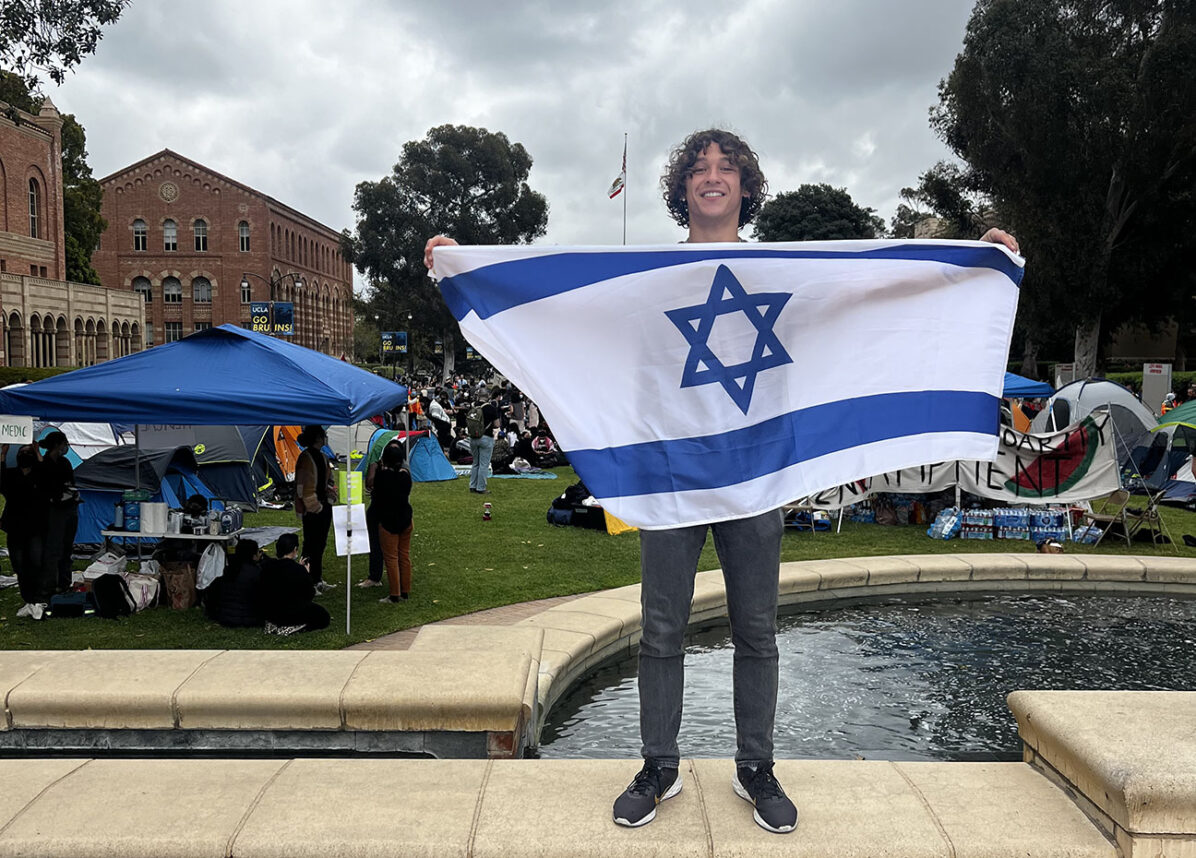
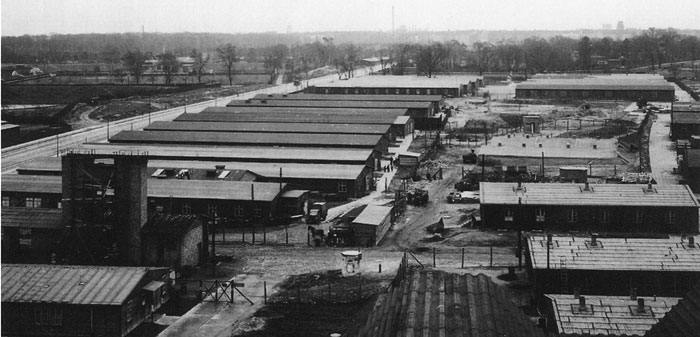
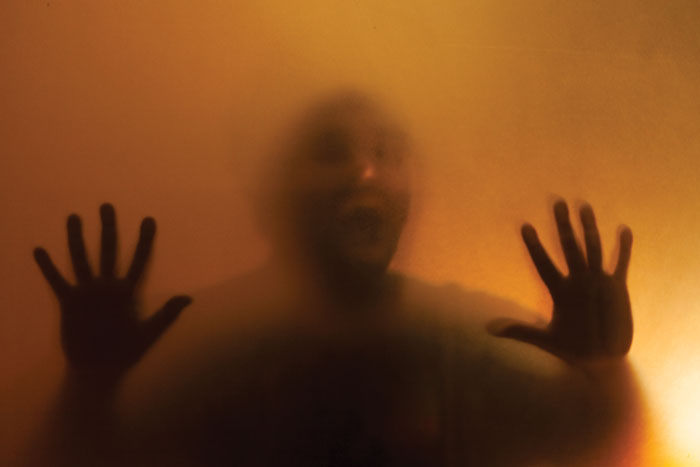
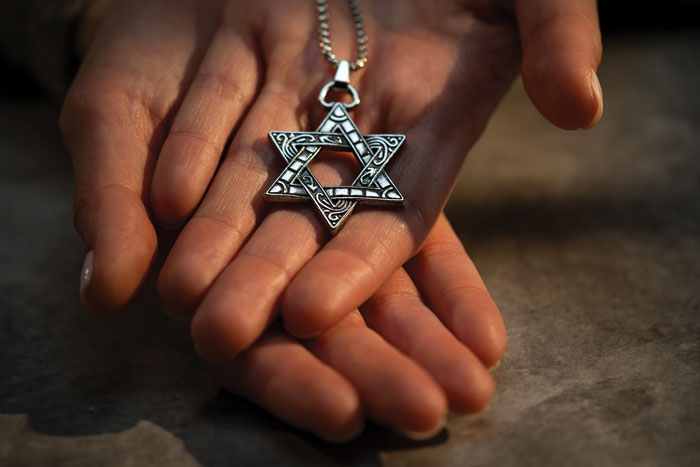

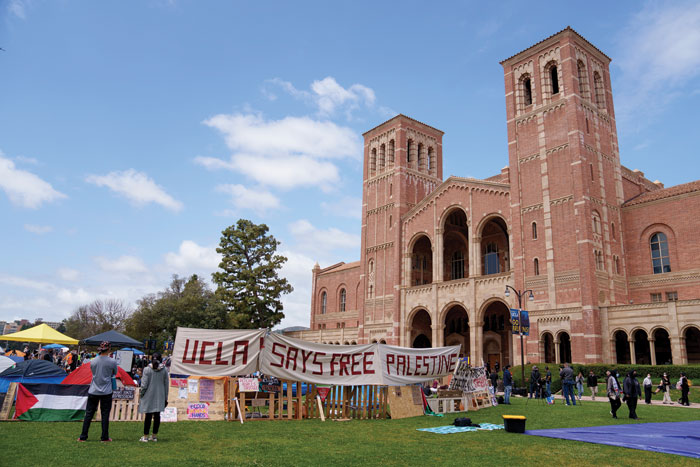


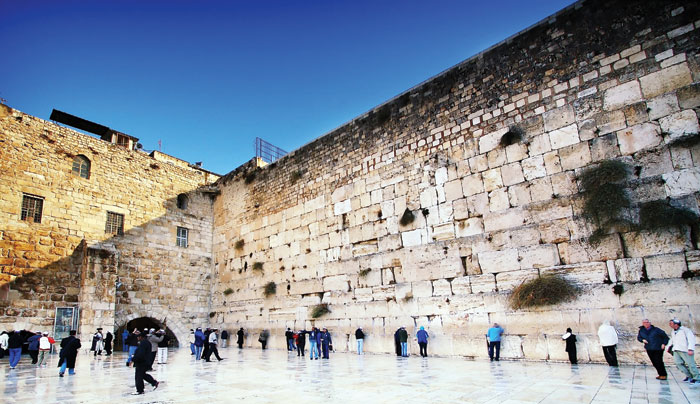
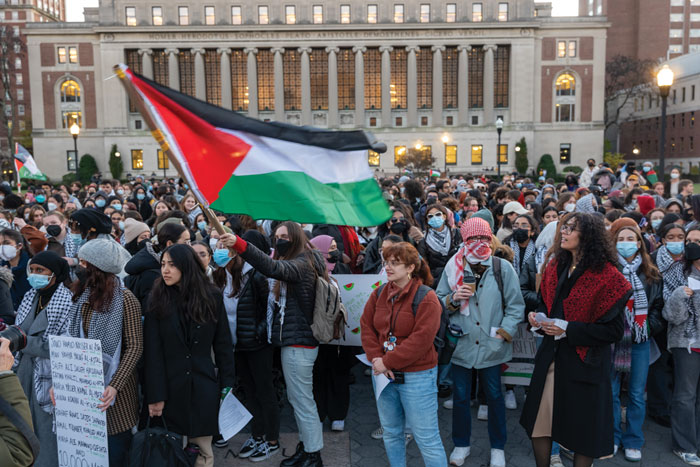
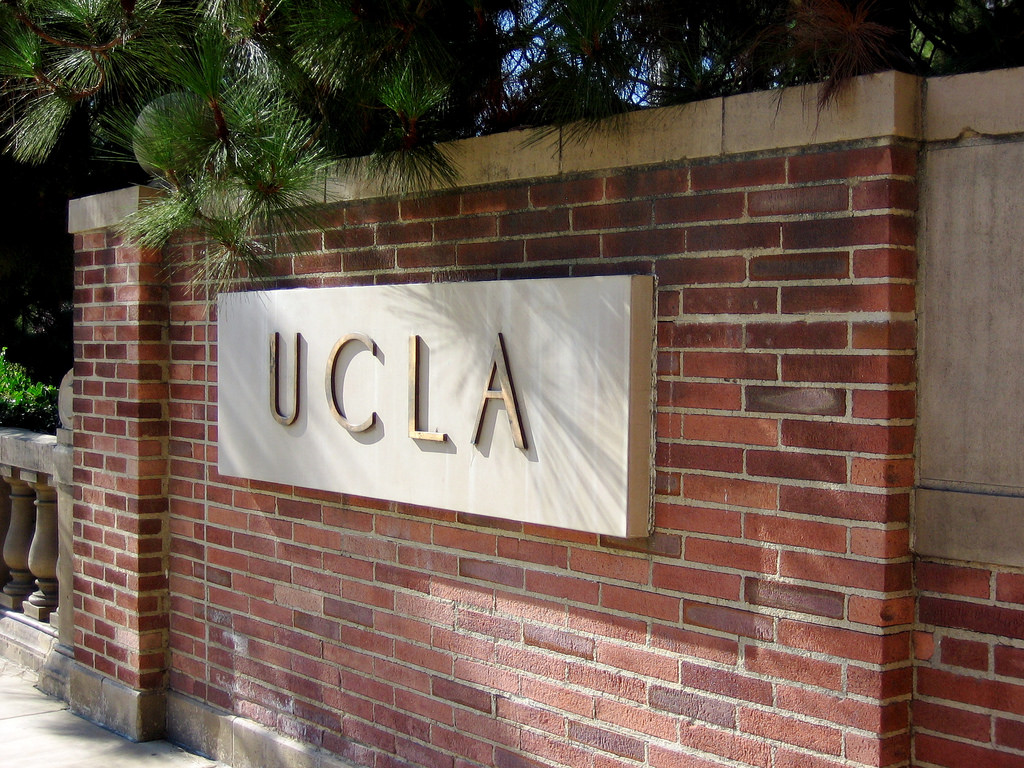





 More news and opinions than at a Shabbat dinner, right in your inbox.
More news and opinions than at a Shabbat dinner, right in your inbox.